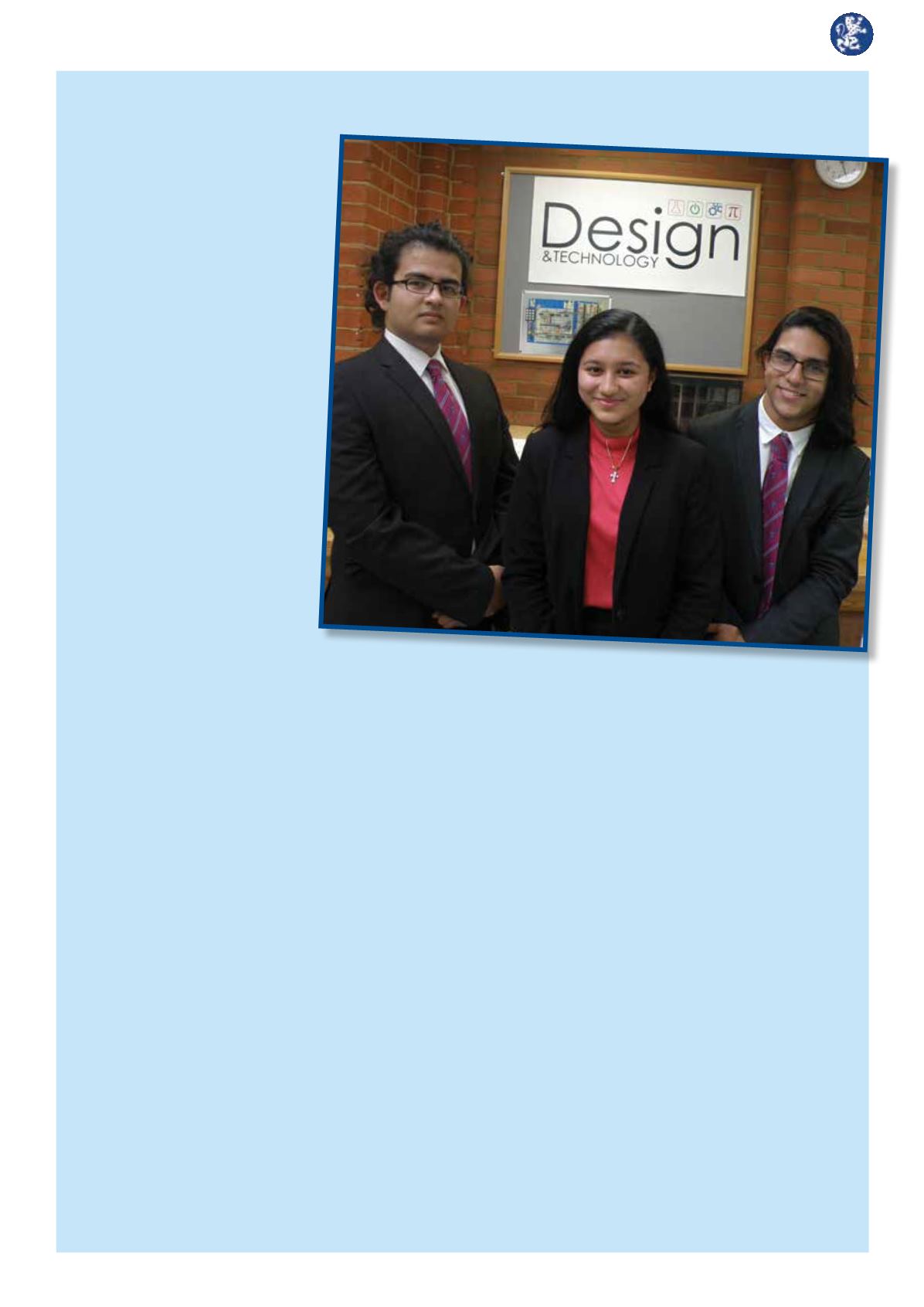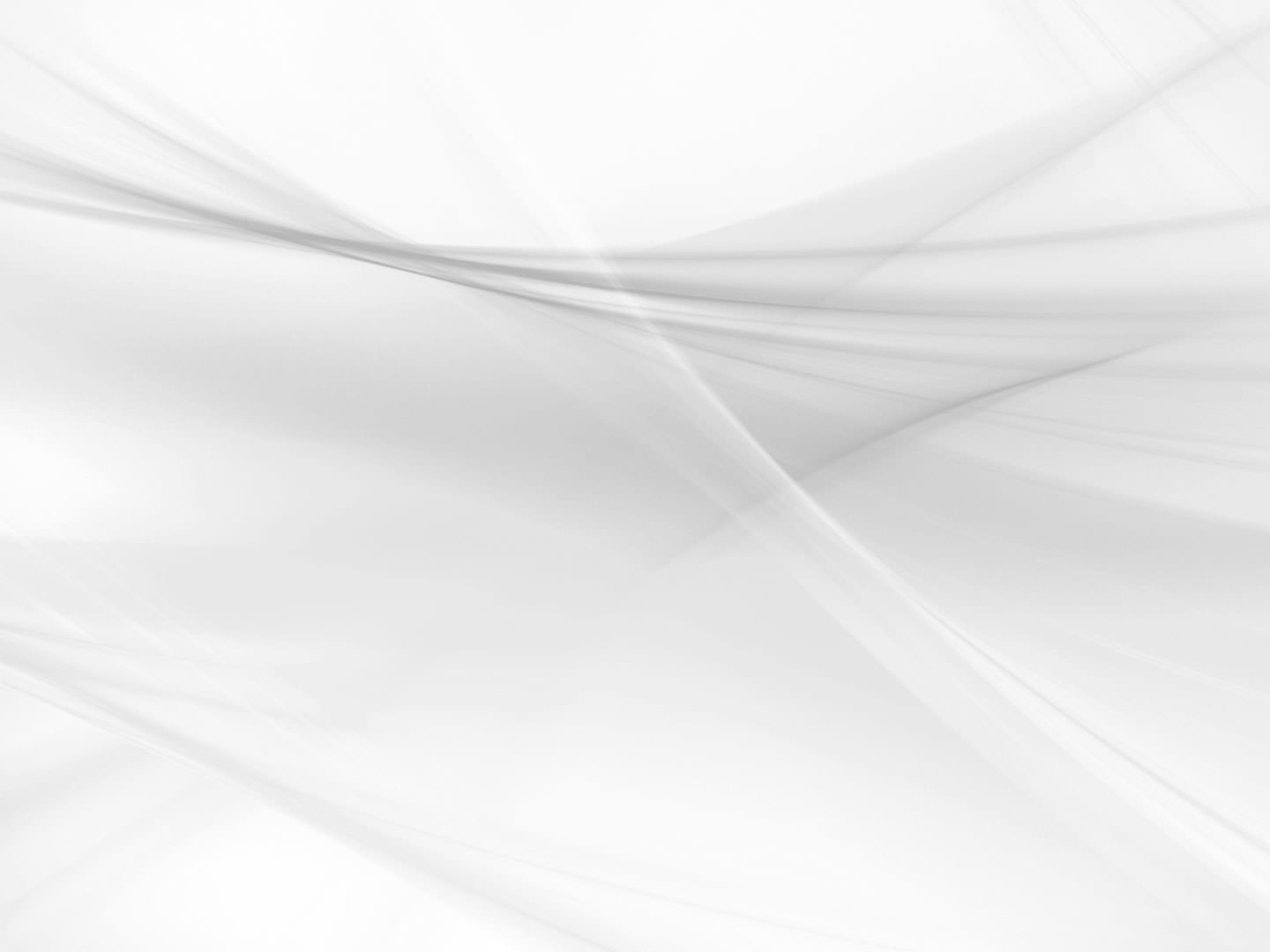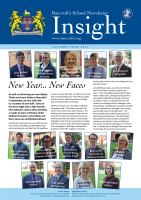

4 MATHS AND SCIENCES
Arkwright Scholarships
This academic year we have three
new Arkwright Scholars: Anwar
Jouhary (L6N), Simone Luis (L6W),
and Hasha Dar (L6N). They will
receive their awards in November
at a ceremony to be held at the IET
in Savoy place.
The Arkwright Scholarship Trust’s mission
statement is “We identify, inspire and
nurture future leaders in engineering,
computing & technical design.” The award
process starts with an aptitude test early
in the spring term of the candidates’ fifth
year. Candidates who pass this aptitude
test are then invited to interview around
Easter time. Those who are selected at
interview are sponsored by companies
or charities for the duration of the Sixth
Form. The award is a prestigious addition
to the scholars’ CVs and is worth £300 for
each year of the scholarship. Sponsoring
companies often invite their scholars to
visit their companies.
Matthew Wood, U6S is a current holder
of an Arkwright Scholarship. During the
summer holidays he attended a course
to which he was invited by his Arkwright
Sponsors (GCHQ).
The CyberFirst Advanced course is a
five-day residential course held at a
small number of universities. The course is
organised by NCSC (National Cyber Security
Centre), QA (a professional IT training
company) and The Smallpeice Trust (a
charity promoting careers in engineering).
This means the course addressed real
world security issues that would have been
presented to IT professionals.
The first day entailed open source
intelligence, which is the collection of
data from public sources used to gain
information about an individual or an
organisation. We started off by finding out
as much about each other as we could,
simply by their name and what they looked
like. We were told about the AOL data
breach in 2006 and the problems it caused.
We were also shown how DNS lookups
worked to help us show which website
belonged to which domain and how to
use websites such as
‘who.is’ to discover
counterfeit websites wanting to steal
information. We were shown how to use
the robots.txt of a domain to find hidden
websites and how to reverse image search
pictures to find where they were from and
finding the geolocation tags of pictures
to find where they were taken. So much
personal information can be found solely
from a picture uploaded online; luckily
most pictures have the geotag removed
when uploaded.
The next day we were taught about
the work of penetration testers. I had
access to an operating system called
Kali Linux, which is used by Advanced
Penetration testers. To introduce
us to penetration testing, we were shown
a route on how to get into Windows 7
computers without a login; this
route took time, but was possible.
Luckily this bypass has long since been
patched. Next we were taught how to
scan machines on Kali Linux to check
information such as boot times. This
is useful for ‘hackers’ to find out when
people are active on their machines. We
were then shown the endless number of
ways to crack passwords. We were shown
how Metasploit could be used to create
a malicious payload to gain access and
control computers remotely. We learnt
how SQL injections worked by causing
syntax errors. This allowed us access to
the backend SQL server and gain more
information than intended, however this
could be simply solved by changing the
security of a website. We were also shown
how to Heartbleed: the process of sending
large text files and receiving the dumped
RAM of the server back.
Thirdly we learnt about encryption and
were introduced to different ways of
encryption such as the one time pad,
which is one of the most secure ways
of hiding information. We were shown
a demonstration of the Enigma, and its
history during and prior to WWII. We then
were taught how to use Wireshark,
a piece of software which allows us to
look at the traffic of networks. I learnt
about steganography, the act where
images or text documents could be hidden
in other images.
Our final subject was digital forensics; the
recovery and discovery of information
hidden in files, ranging from deleted folders
to broken hard drives. They introduced
this to us by getting us to change the text
documents to different file types and to
observe the encoding changes. We file
carved files to find hidden or deleted text
documents or pictures within other files.
It showed me how information could be
recovered from deleted data even after it
was removed from the recycle bin.
On the last day we played a team game
using our knowledge of everything on the
course to help us gain information about
a made-up situation. We both worked as a
team and used our individual skills to help
us win as a group.
Numerous lectures were presented
throughout the course, from cybersecurity
specialists such as; the different jobs that
are involved in cybersecurity, the evolving
world of IT and how to protect yourself
from cyberattacks. In the evenings we had
different events, a movie night, a laser
quest night and a pizza night.
Overall I thoroughly enjoyed the course
meeting a number of like-minded people
from across the country, and I would highly
recommend it to anyone interested in
computer science or cybersecurity.

















